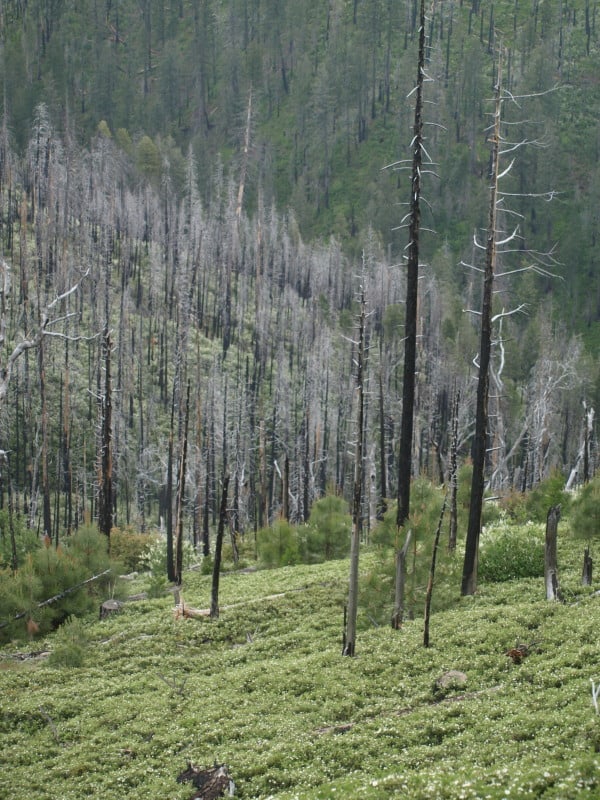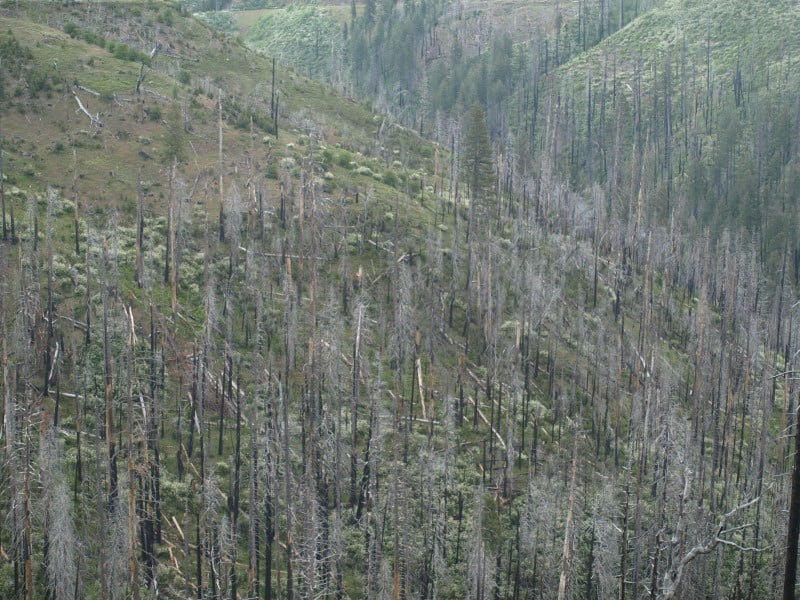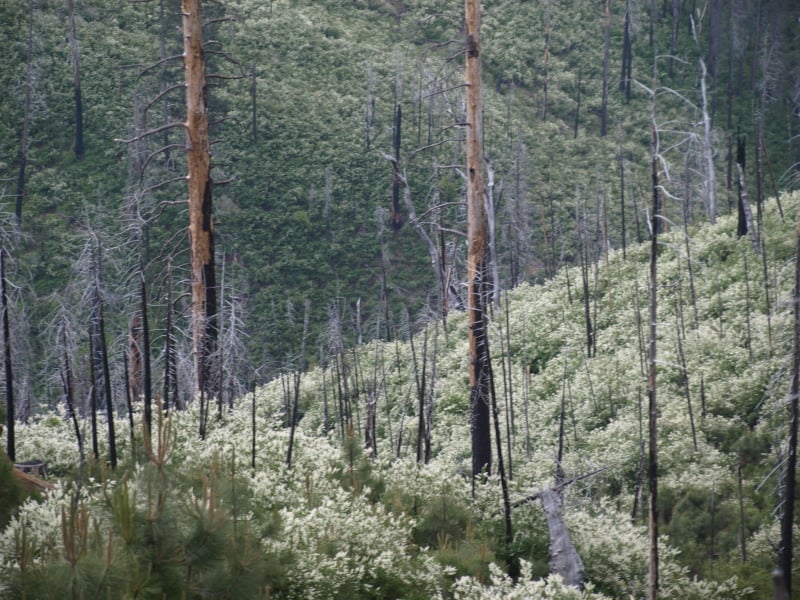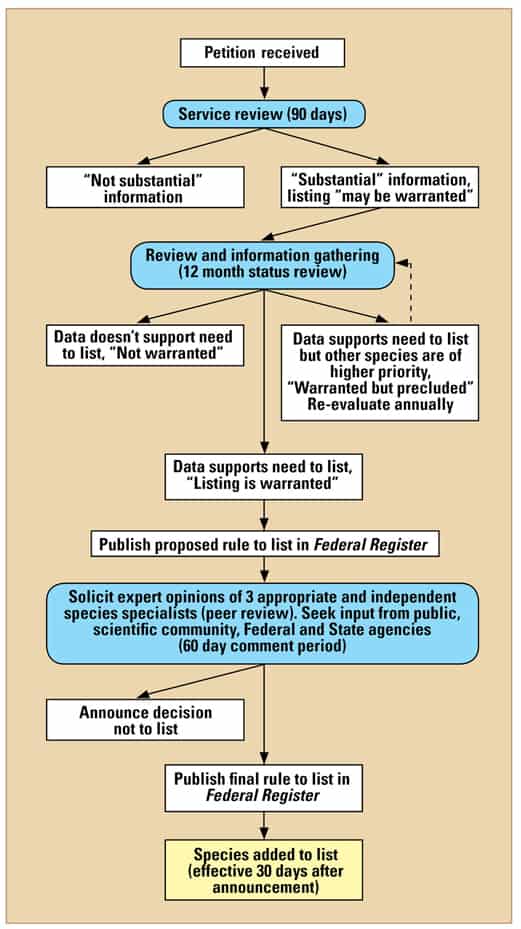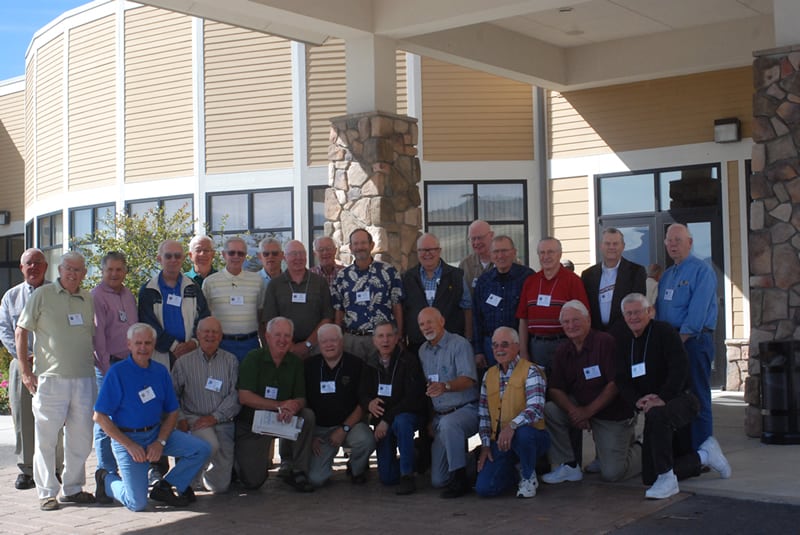From Environment & Energy News today in below. The letter mentioned is here:
A handful of Republican bills aiming to reduce the threat of wildfire and provide new revenues to rural counties would thwart collaborative efforts to manage the nation’s forests and could harm wildlife habitats, said a coalition of 27 environmental groups.The groups yesterday sent a letter to leaders on the House Natural Resources Subcommittee on Public Lands and Environmental Regulation calling the bills “Trojan horses” that would mandate unsustainable levels of logging.
“We should be looking forward, seeking collaborative solutions with broad bipartisan support, not reverting back to decades-old ideas that are destined to fail,” said the coalition, which included the Wilderness Society, the Sierra Club, the Geos Institute and Defenders of Wildlife, among many others.
The panel this morning is meeting to discuss a handful or forestry bills, including a pair of legislative proposals seeking to wean counties off Secure Rural Schools payments by increasing timber harvests on federal forests.
The schools program for the past decade has provided billions of dollars to compensate counties whose economies suffered from the decline in federal timber sales. Now that the program has expired, lawmakers are considering ways to extend it or revive logging levels on public lands.
A draft bill by Natural Resources Chairman Doc Hastings (R-Wash.) to be considered today would require the Forest Service to designate areas where it would harvest at least half of the timber that is grown each year, a proposal that would presumably significantly increase logging on public lands.
“We strongly oppose legislative proposals that mandate intensive logging or place our public forest lands in a ‘trust,’ so that federal agencies or an appointed board are required to generate mandated revenues for local counties through intensive commodity extraction and other industrialized development that are likely unsustainable and damaging over the long run,” the groups said.
Hastings’ bill, which would seek to replace Secure Rural Schools through the establishment of “Forest Reserve Revenue Areas,” would permit logging, including clear-cutting, by relaxing laws including the National Environmental Policy Act and Endangered Species Act, said Anne Merwin, director of wilderness policy at the Wilderness Society.
“Even though the new Hastings bill might technically keep NEPA and ESA ‘intact,’ it creates such huge loopholes and such biased requirements that in practice they would almost never meaningfully apply,” she said.
The coalition said it would support the continued use of resource advisory committees under Secure Rural Schools and the Forest Service’s Collaborative Forest Landscape Restoration program, which brings diverse stakeholders to the table.
Hastings has said his bill is necessary to loosen the federal restrictions that have led to significant reduction in timber harvests on federal lands, leading counties to rely on ever-diminishing revenues from Secure Rural Schools. The Forest Service from 2011 to 2014 plans to increase annual harvests by 25 percent, to 3 billion board feet, but that is still far less than the 12.7 billion board feet it harvested in the mid-1980s.
“The federal government’s inability to uphold this promise and tie our forest lands up in bureaucratic red tape has left counties without sufficient funds to pay for teachers, police officers and emergency services; devastated local economies and cost thousands of jobs throughout rural America; and left our forests susceptible to deadly wildfires,” Hastings said in a statement last week. “This draft proposal would simply cut through red tape to allow responsible timber production to occur in those areas and make the federal government uphold its commitment to rural schools and counties.”
Senate Energy and Natural Resources Chairman Ron Wyden (D-Ore.) yesterday said he had a chance to meet with Hastings recently in Pasco, Wash., to discuss Secure Rural Schools, among other issues, but that he has yet to review Hastings’ bill.
Wyden last Congress said he opposed Hastings’ previous bill, H.R. 4019, to transition away from Secure Rural Schools, which set similar mandates for forest management.
“Chairman Hastings is to be commended for recognizing the problems faced by rural, resource-dependent communities,” said Wyden spokesman Keith Chu. “Senator Wyden enjoyed meeting with him recently and looks forward to working with him on legislation that will address these problems and can earn majority support in both houses of Congress.”
Wyden is working with Senate Finance Chairman Max Baucus (D-Mont.) to extend Secure Rural Schools for at least one year, though the proposal will be a tough political sell to Republicans who feel the program is fiscally unsustainable and fails to provide adequate jobs in the woods.
The environmental groups today said they also oppose H.R. 818 and H.R. 1345, which seek to reduce wildfire risks by thinning overstocked forests.
The bills by Reps. Scott Tipton (R-Colo.) and Paul Gosar (R-Ariz.), respectively, “fly in the face of best science and evidence about effective solutions to protecting communities and forests from wildfire,” the groups wrote. “While these bills purport to protect public lands from wildfire and disease, in reality they fast-track a huge range of projects with limited-to-no public review, federal oversight, scientific support for efficacy of wildfire or disease suppression tactics, prioritization of public safety, or protections for our most sensitive places.”
